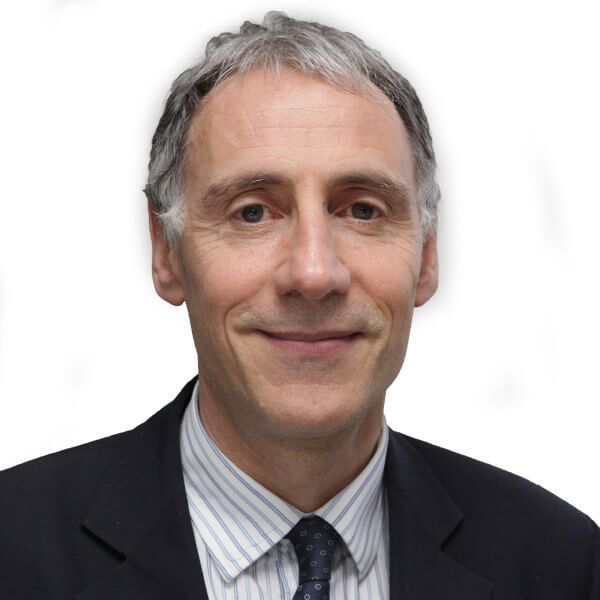Key details of the science informing the study are shown below. For more in-depth information about the evidence base and research agenda driving COSMOS please visit our Science page.
Mobile phones and other wireless technologies (e.g. tablets, laptops, cordless phones) are sources of electromagnetic fields (EMF). It is exposure to these electromagnetic fields when using a mobile phone that is the main scientific interest in this study. Electromagnetic fields can arise from natural sources (such as lightning, or from the Earth’s magnetic field) but it is EMF from man-made sources that we are interested in.

Many reviews have concluded that there is no convincing evidence to date that mobile phones are harmful to health in the short term. However, the widespread use of mobile phones is a relatively recent phenomenon and it is possible that adverse health effects could emerge after ten years or more of prolonged use. The evidence base necessary to allow us to make firm judgments regarding use in the longer-term has not yet been accumulated, and this question can only resolved by monitoring the health of a large cohort of phone users over a long period of time.







He studied for his PhD in Epidemiology on the INTERSALT Study under the mentorship of Professor Geoffrey Rose. He remained at the London School working as a lecturer, then senior lecturer and reader in epidemiology before becoming Head of the Environmental Epidemiology Unit at LSHTM 1990. In 1995 he was appointed to the Chair in Epidemiology and Public Health Medicine at Imperial College London. He heads what is now the Department of Epidemiology and Biostatistics in the School of Public Health. The Department has expanded significantly during recent years to encompass a wide-ranging programme of health research and extensive collaborations with honorary and visiting staff. Paul Elliott is also Director of the MRC-PHE Centre for Environment and Health which sits within the Department and includes the Small Area Health Statistics Unit (SAHSU). He is also an honorary consultant in public health medicine in the Directorate of Primary Care and Public Health of the Imperial College Healthcare NHS Trust and the academic lead for the Biobanking research theme for the Imperial NIHR Biomedical Research Centre. He was recently appointed as the Academic Health Sciences Centre's (AHSC) Director of Information Governance.

She was awarded her undergraduate degree from University College London, a Master's degree in environmental epidemiology from the London School of Hygiene and Tropical Medicine, and her PhD from Imperial College London. She is currently a Fellow of the Higher Education Academy and a co-author of the Oxford Handbook series ‘Epidemiology for Clinicians’. Much of her work to date has focused on early life environmental exposures, including leading the environment theme of the new UK-wide Life Study and collaborative projects with various birth cohorts across Europe, assessing exposure at individual level through questionnaire data, biomarkers, and global metabonomic profiling. She also has over 10 years expertise in spatial epidemiology and the use of routinely collected data and geographical information systems (GIS) for small area health studies at the SAHSU. Her work in this field has included studies of birth outcomes and water disinfection by-products, waste incineration, and air and noise pollution, as well as investigations of cancer trends and clustering, in particular for primary liver tumours. Her special interest is in the field of non-ionizing radiation epidemiology, having worked on several major projects including national studies of adult cancers near overhead power lines and childhood cancers in proximity to mobile phone base stations.
There are currently no vacancies on the UK COSMOS team. Please check back later.